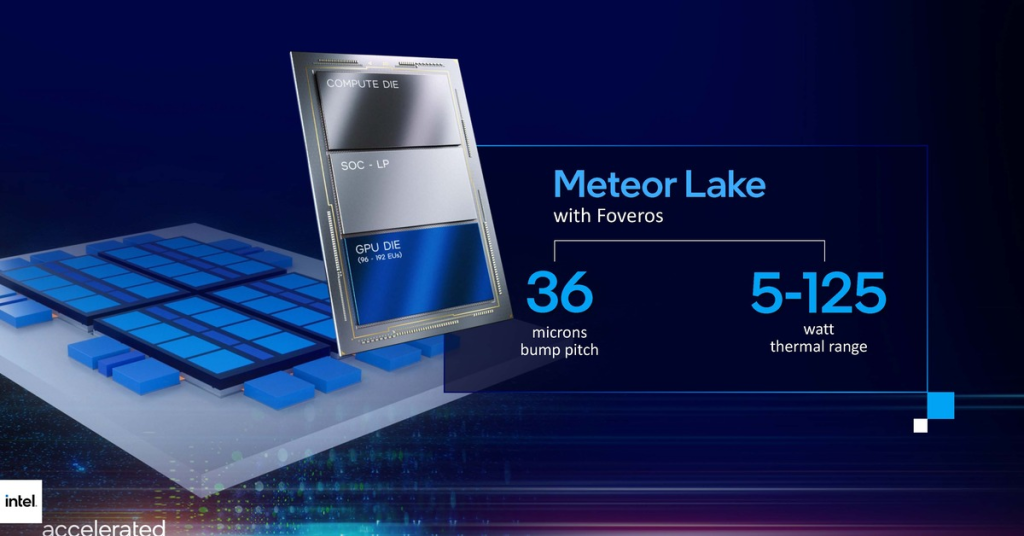Intel's next-next-generation Meteor Lake processors, which are due out in 2023, are expected to support ray tracing on a tiled-GPU architecture. This would be a big step forward for the technology.
Ray tracing is a type of rendering that lights up a scene by making it look like how we see light. This sounds almost silly (don't we see all light? ), but to make a fake scene look natural, you have to figure out the complicated physics of how light moves, which is a really hard thing to do from a computer's point of view.
As it stands, ray tracing technology can only be used on gaming PCs with the best graphics cards or on the best gaming laptops with discrete GPUs. This is a revolutionary technology that is still locked away in "elite" applications on high-end hardware.
Intel's decision to add the technology to its "integrated" Intel Xe graphics platform is a big step forward that could make it much easier to use. We put "integrated" in quotes because, as Wccftech points out, it's not quite the same as current-generation integrated graphics. It's actually a tiled architecture that's more like a system-on-a-chip than traditional integration into a single CPU die.
What matters is that this is the kind of chip that will go into standard laptops like ultrabooks and the best Chromebooks with stronger specs, like the one in our review of the HP Elite Dragonfly Chromebook.
Intel is already working on its own graphics upscaling technology to go with its somewhat troubled Intel Arc desktop graphics cards. This technology could easily make its way into Intel's 14th-generation processors. If so, some of the best cheap laptops could become very good 1080p gaming machines.
Even though Intel Raptor Lake chips haven't come out yet, they could come out as early as October of this year. The first Intel Meteor Lake chips could come out as early as late 2023. If that's the case, you might be able to play a game like Cyberpunk 2077 on a basic Dell XPS 13 with low settings and some ray tracing.
This doesn't mean that a single processor will turn even the best Ultrabooks into real gaming laptops. But the improvements in GPU technology that come with things like ray tracing will help overall performance, and you won't be limited to playing light-duty or casual games like Civilization VI on a basic laptop with the right settings tweaks (and upscaling technology).
This will be less of an improvement for desktops, since most of them have a free PCIe slot where you can put one of the best and cheapest graphics cards that can do ray tracing. These cards will run circles around the integrated graphics of even Intel's best 14th-gen processors.
So this is mostly a problem with laptops, which are by far the part of the computer market that is growing the fastest. Traditional laptops haven't been very good at gaming. This is because it saves a lot of energy (meaning the battery lasts longer) and keeps costs down.
By adding a ray-tracing GPU to the standard processor package for these laptops, we'll see much better performance across a wide range of graphics-intensive applications, from streaming video to gaming, at a much lower price point.
In our review of the Asus ZenBook S 13 OLED, which was one of the first laptops to have an AMD processor with built-in RDNA 2 graphics, we saw something similar.Even though the gaming performance wasn't mind-blowing, the fact that Port Royal could even be played on an Ultrabook is a huge step forward. Unfortunately, it's hard to find the ZenBook S 13 OLED, which wouldn't be the case with a laptop that runs on Intel Meteor Lake.
Even though we won't see these laptops for a while, it's good to know that they're coming. They could give people a lot more performance without making them give up everything for price, like they have to do now. Even if you're not a serious gamer, this can only be good for the average consumer.


